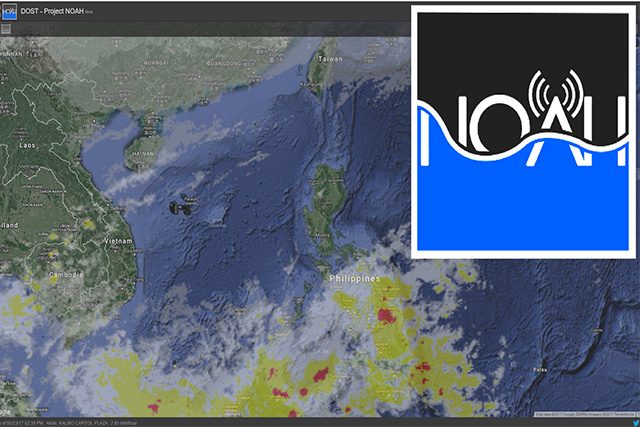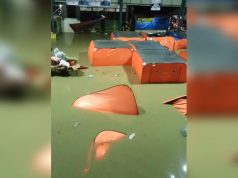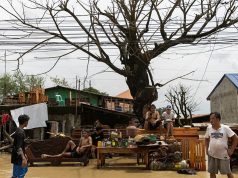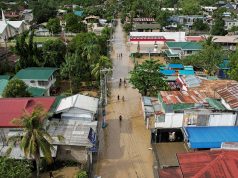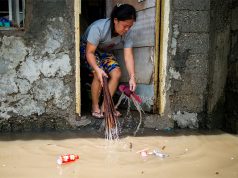The Nationwide Operational Assessment of Hazards lets residents know if there are potential natural hazards within their areas.
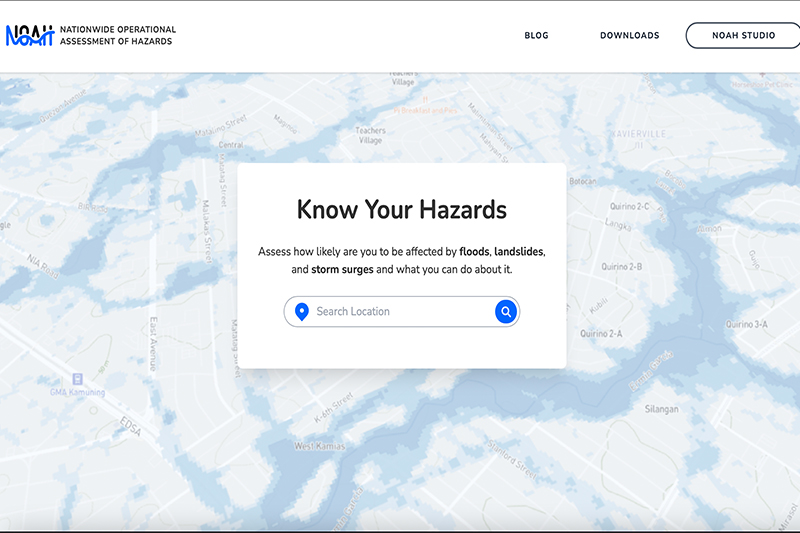
The platform was once again talked about online amid the onslaught of Typhoon Karding (International name: Noru) in the country.
Disaster scientist Mahar Lagmay, who also heads UP NOAH, promoted it on social media on September 25. “Karding” made landfall on that Sunday.
“Baka gusto niyo din tignan ang http://noah.up.edu.ph para malaman ang mga posibleng hazards sa inyong lugar. Maigi na ang maalam,” Lagmay said.
He also accompanied his post with a screenshot of the website’s interface.
Several social media users later encouraged their friends to check out UP NOAH.
“Been circulating this link to friends and groupmates the whole day today Sir Mahar…I hope they check it out,” one user said.
“Hi guys, this is so helpful. You might want to check your location. Stay safe!” another user commented.
Lagmay’s post on Facebook has since garnered 5,300 reactions, 15 comments and 9,500 shares.
UP NOAH, which is managed by the University of the Philippines, launched its revamped website in October 2021.
Its partner organizations for it are Mapbox, Advanced Science and Technology Institute, and UP Information Technology Development Center – UP ITDC.
As stated in its profile, the organization “seeks to assist the country in disaster risk reduction and management, climate change adaptation and mitigation efforts and related activities through research, development and extension services.”
To assess the weather situation in an area, users only have to enter their locations in the search box called “Know Your Hazards” on the homepage of the site.
The platform then directs you to an interactive hazard map that shows the hazard levels of the locations they entered.
Details about possible risks of floods, landslides and storm surges can be viewed on the side.
READ: UP NOAH finally launches new website with hazard assessments of Philippine areas
Below is a screenshot of the hazard map of Dingalan, Aurora, where “Karding” made its second landfall as a super typhoon.
“Karding” was initially categorized as super typhoon due to its “explosive intensification.” After the second landfall, it was downgraded into typhoon.
Based on these assessments, UP NOAH showed that the municipality of Dingalan is mostly prone to storm surges as of writing.

UP NOAH was previously a program under the Department of Science and Technology that was established in 2012.
However, in 2017, the government shut it down due to lack of funds.
UP System has been managing the research center ever since NOAH was turned over to the school.
RELATED: ‘Project NOAH’ and ‘National Calamity Fund’ create online buzz as Duterte bats for climate justice

